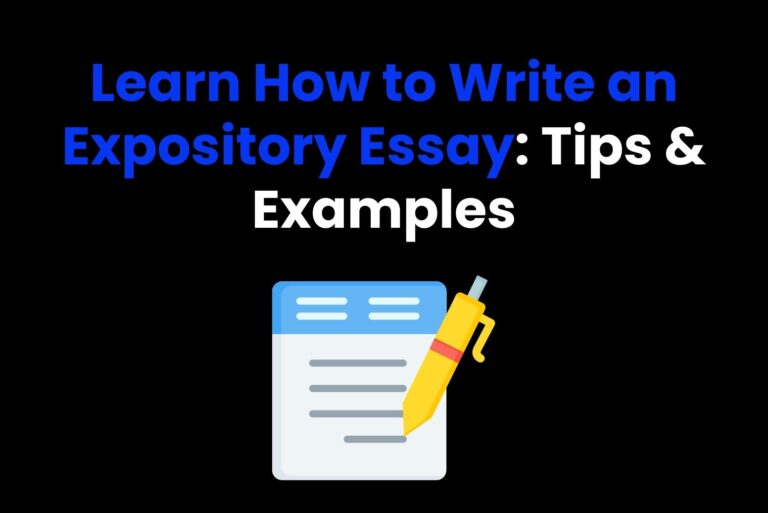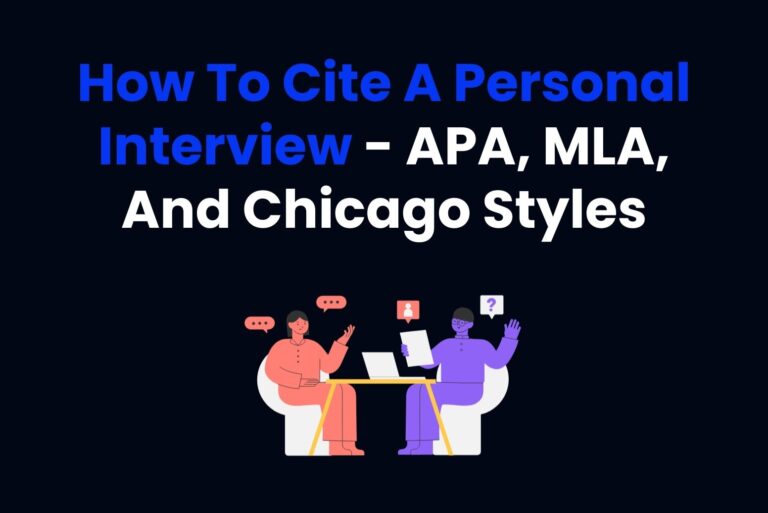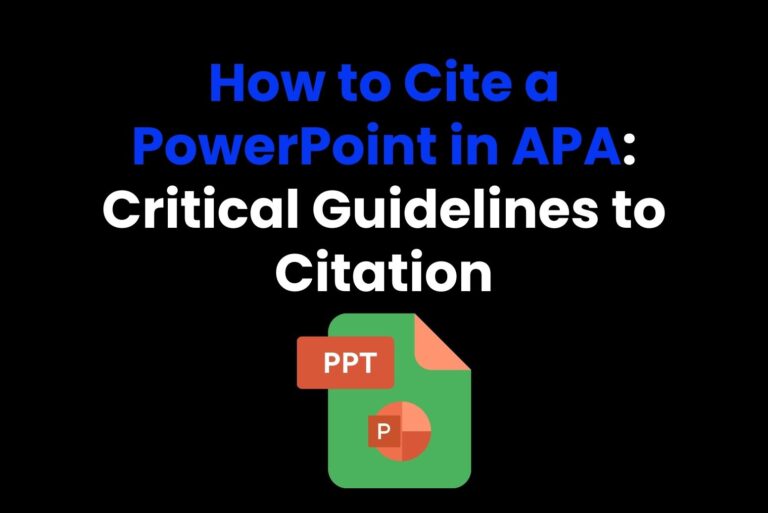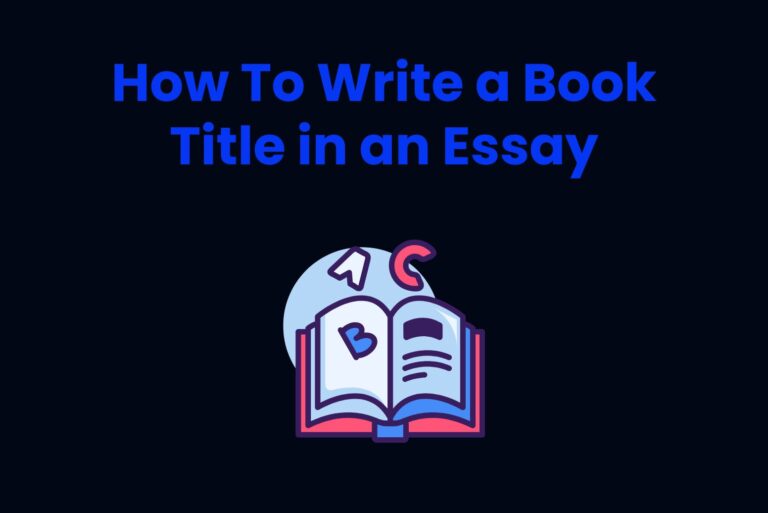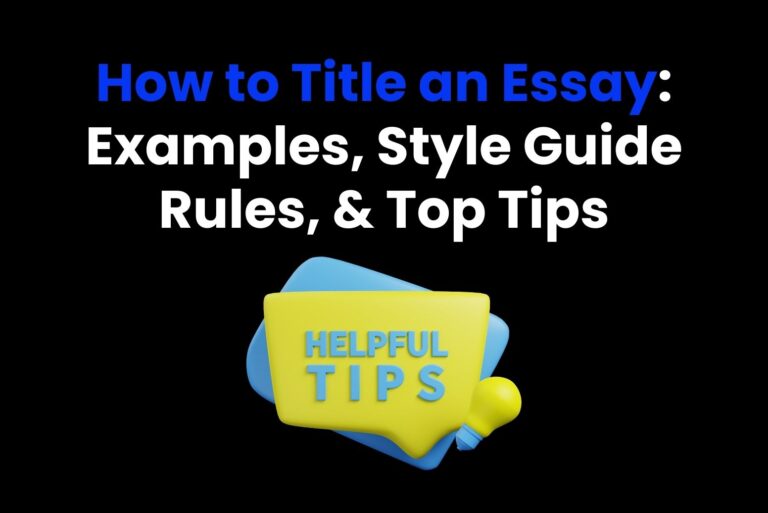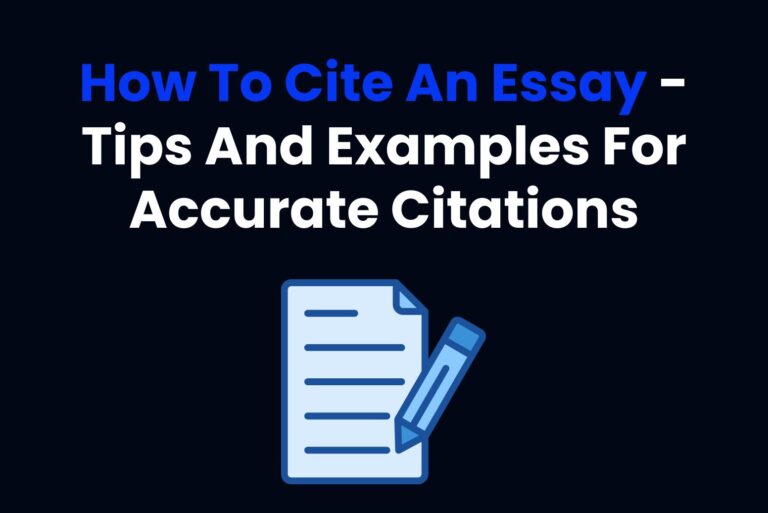How To Format An Essay That Gets You An A+ Every Time
Did you know that over 70% of students say formatting is the most frustrating part of writing an essay? Between choosing the right font, setting up margins, and wrestling with citation styles, it’s no wonder many dread this task. But here’s the good news: formatting doesn’t have to be a chore if you know how to format an essay the right way.
Whether you’re writing your first essay or perfecting your tenth, this guide will show you how to format an essay like a pro. So, power up your laptop, grab your go-to snack, and let’s turn essay formatting from intimidating to inspiring!
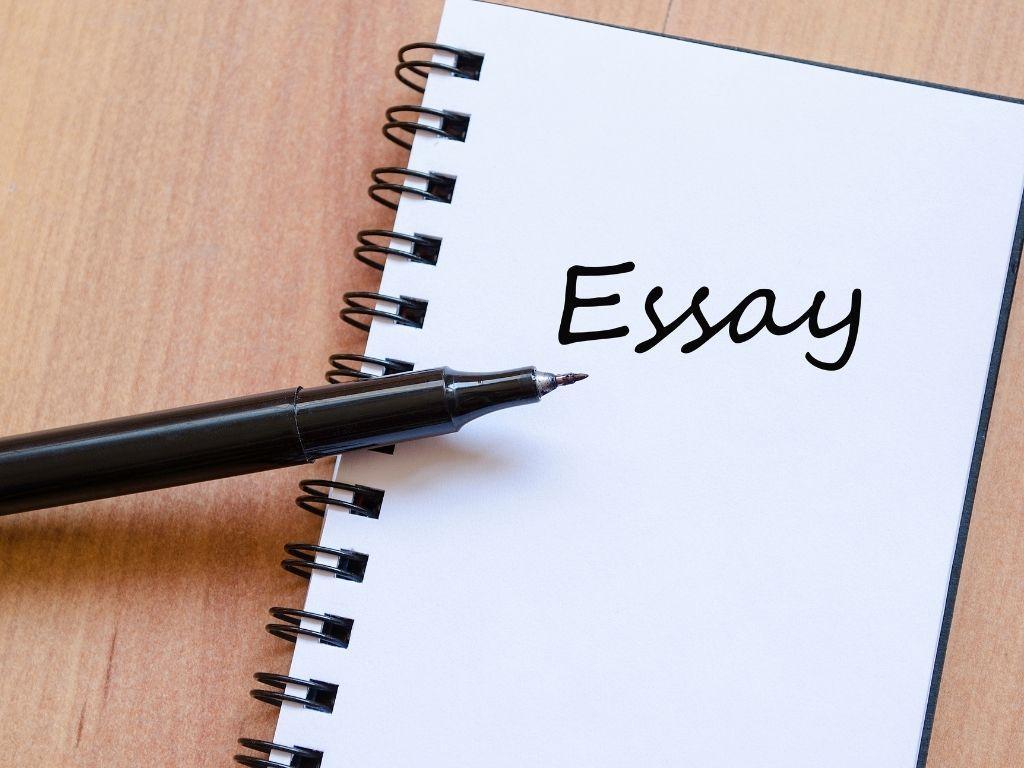
What Is Essay Formatting?
Before diving into the specifics of how to format an essay, let’s first break down what essay formatting actually means. Essay formatting refers to how your essay is structured and presented on the page. This includes things like margins, font size, line spacing, headers, and how you organize citations.
Getting the formatting right is not just about making your essay look neat (though that’s important, too!). It’s about adhering to certain guidelines that make your essay easier to read and more professional.
Why does this matter? Simple, your professors, teachers, and reviewers love essays that are well-formatted. It shows you’re paying attention to detail and following the rules, and it can help boost your grade. So, yes, formatting is actually important, and it’s worth getting it right.
Commonly Used Essay Formats
You’ve probably heard terms like MLA, APA, and Chicago before. They’re not cities (yes, Chicago is a city, but not in our context). These are all different essay formatting styles, and the one you’ll use depends on your subject or the guidelines provided by your instructor.
- MLA (Modern Language Association): This essay format is used mostly for humanities essays (literature, language, philosophy).
- APA (American Psychological Association): This type of essay format is commonly used in social sciences like psychology, sociology, and education.
- Chicago: Popular in history and some other fields, this essay format is particularly for more in-depth research essays.
So, which one should you use? It all depends on your assignment. Don’t worry, we’ll cover the specifics of each one later on, so hang tight!
Detailed Step-by-Step Guide: How To Format An Essay Correctly
Here’s an in-depth breakdown of each step to help you format your essay with confidence:
Set Your Margins
Uneven or narrow margins can make your essay look unprofessional or hard to read, so formatting begins with setting the right margins. Here’s how to set your margins right:
- Use 1-inch margins on all sides (top, bottom, left, and right).
- This ensures your essay looks clean, professional, and aligned with academic standards.
- In most word processors (like Microsoft Word or Google Docs), you can adjust this by going to Page Layout > Margins and selecting the “Normal” preset.
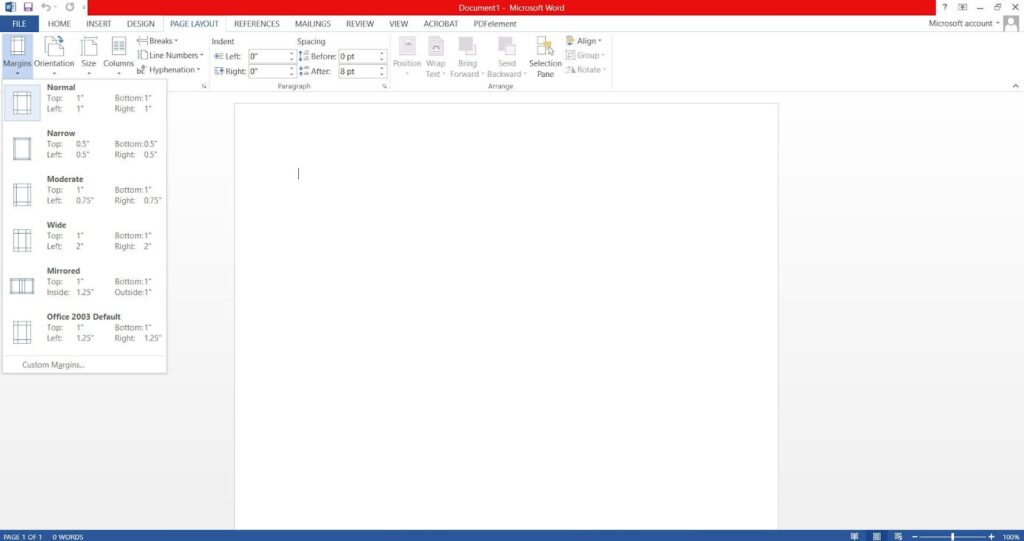
2. Choose Your Font
The standard for most essays is Times New Roman, 12-point font:
- This font is universally accepted and easy to read.
- If the assignment specifies a different font, like Arial or Calibri, adjust accordingly.
Pro Tip: Avoid decorative or overly large fonts because they can make your essay look less formal.
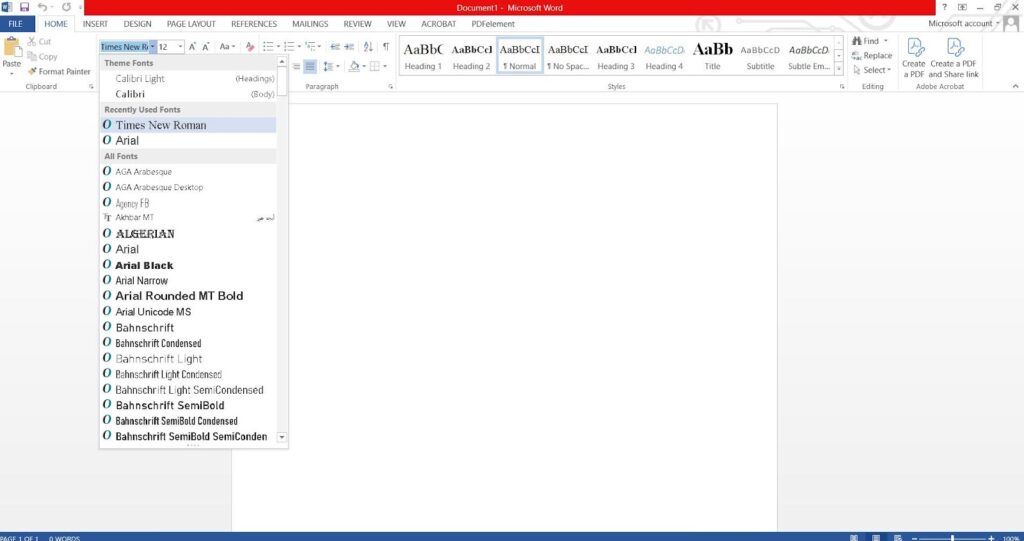
3. Set Line Spacing
Academic essays usually require double-spacing because:
- This makes the essay easier to read and allows space for comments or notes.
- To set double-spacing, go to your word processor’s toolbar, select Line Spacing, and choose 2.0.
Don’t forget: Double-space everything, including your header, title, and references. Use the command “Ctrl+A” to select all text at once, and then adjust line spacing accordingly!
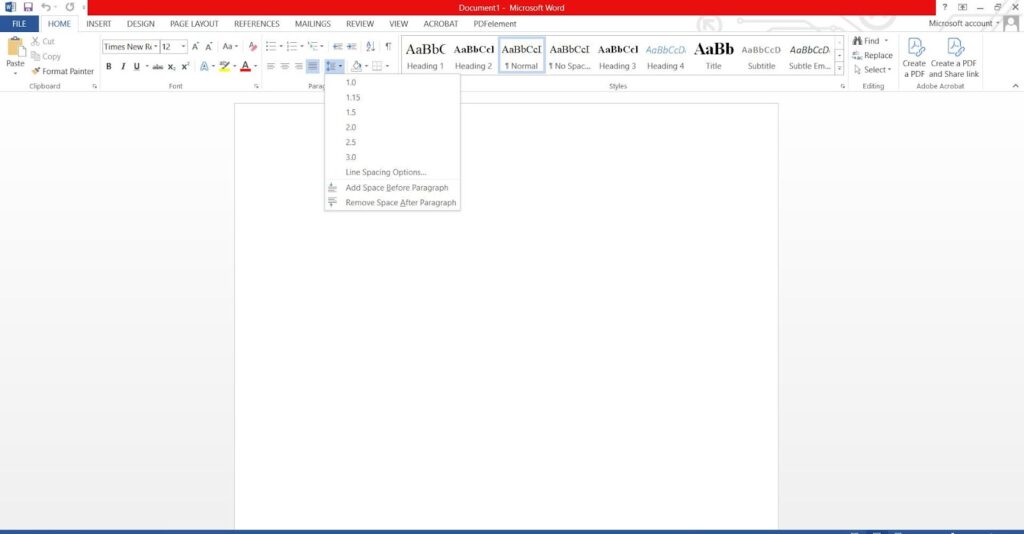
4. Add The Header
Your header typically includes your last name and page number on the top right of each page:
- For MLA and Chicago styles, this is standard practice.
- In Microsoft Word, go to Insert > Header, and choose a format that allows text on the right.
- Include your last name, followed by a single space and the page number (e.g., Smith 1).
Pro Tip: Use your word processor’s Insert Page Number function to automatically number your pages.
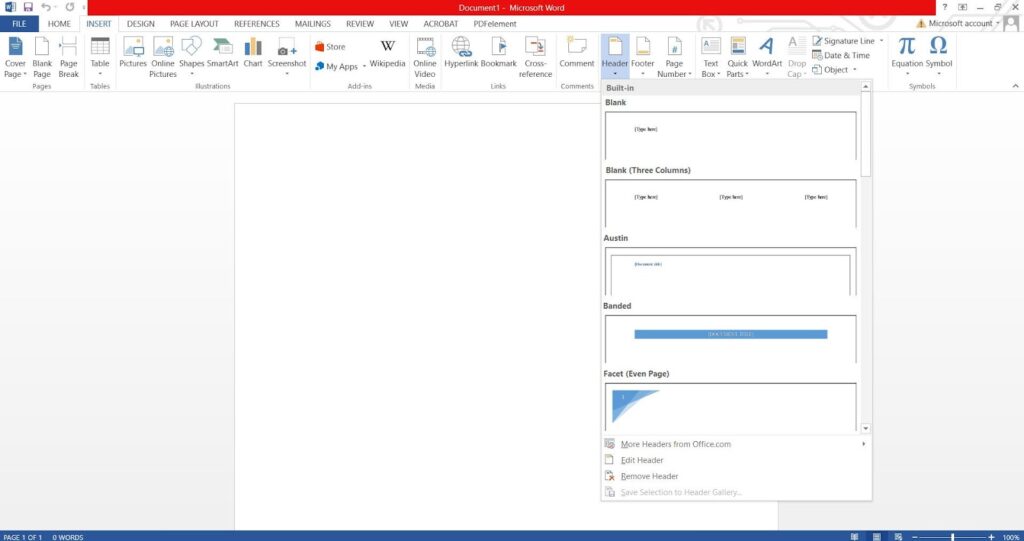
5. Create Your Title Page
Not all formats require a title page, but when they do, here’s how you can add them:
- APA Style: Center the title on the page, followed by your name, course, instructor, and date.
- MLA Style: Typically doesn’t need a separate title page; place your information on the first page instead.
Make it professional: Avoid bold fonts, underlining, or extra-large text. Keep it simple and centered.
6. Insert Citations And References
Citations and references show where your information comes from, and it is very important for you to give people credit for their work. Here’s the right way to do this:
- In-text citations: These appear in the body of your essay (e.g., Smith, 2023 for APA or (Smith 23) for MLA).
- References or Works Cited page: Include a full list of sources at the end of your essay.
How to handle different styles:
- MLA: Use the Works Cited page with sources listed alphabetically.
- APA: Include a References page with a hanging indent for each entry.
- Chicago: Use footnotes or a Bibliography, depending on your professor’s preference.
Pro Tip: Online citation generators like EasyBib or Citation Machine can simplify this step.
7. Proofread Your Formatting
This may be the hardest step for all students because you have already spent so much time writing the content, and now you have to review it as well. However, you still need to review your formatting carefully at least once to save yourself from awkwardness (or typos) later. So:
- Check for any inconsistencies in font, margins, or spacing.
- Verify that your headers, citations, and references are in the correct style.
- Look for common errors like extra spaces, misplaced indents, or missing page numbers.
How To Format An Essay In MLA Style?
Even if you have the best ChatGPT prompts for essay writing, you’ll still need to format it yourself. Let’s start with MLA style, one of the most common formats in schools and colleges. Here are the basics:
- Font and Size: Use a readable font like Times New Roman in 12-point size.
- Margins: Set your margins to 1 inch on all sides (top, bottom, left, and right).
- Line Spacing: Double-space the entire essay. This gives your text room to breathe and makes it easier to read.
- Header: MLA requires you to add a header with your last name and the page number on the top right of each page.
- Title Page: MLA doesn’t usually require a title page (unless specifically asked). Just include your name, your instructor’s name, the course name, and the date at the top of the first page, aligned to the left.
- Citations: MLA uses parenthetical citations, so you’ll put the author’s last name and the page number in parentheses right after the quote or paraphrase.
Example of MLA Header:
Julia Roberts
Professor Smith
English 101
12 December 2024
Example of MLA In-Text Citation:
“The importance of formatting is often overlooked by students” (Smith 23). You can also ask Arvin AI to give you a proper essay format example, which you can use as an inspiration.
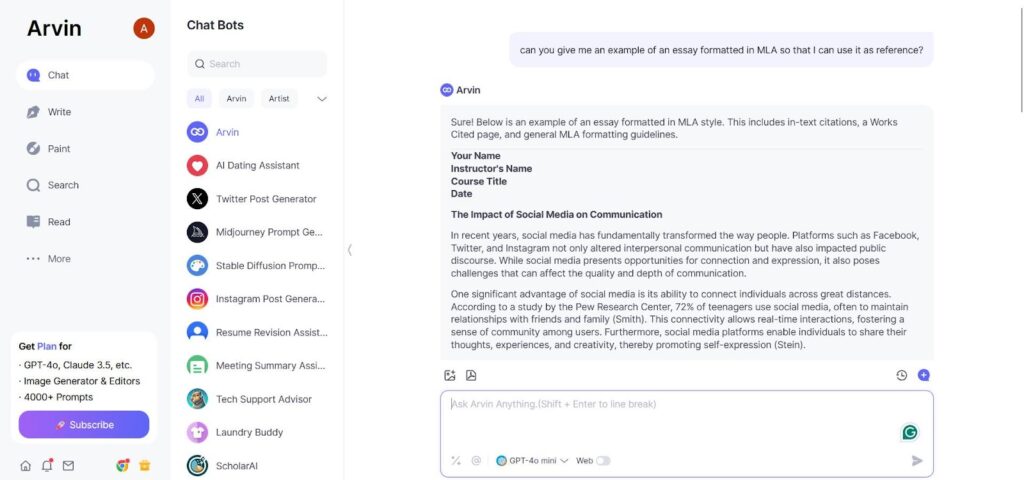
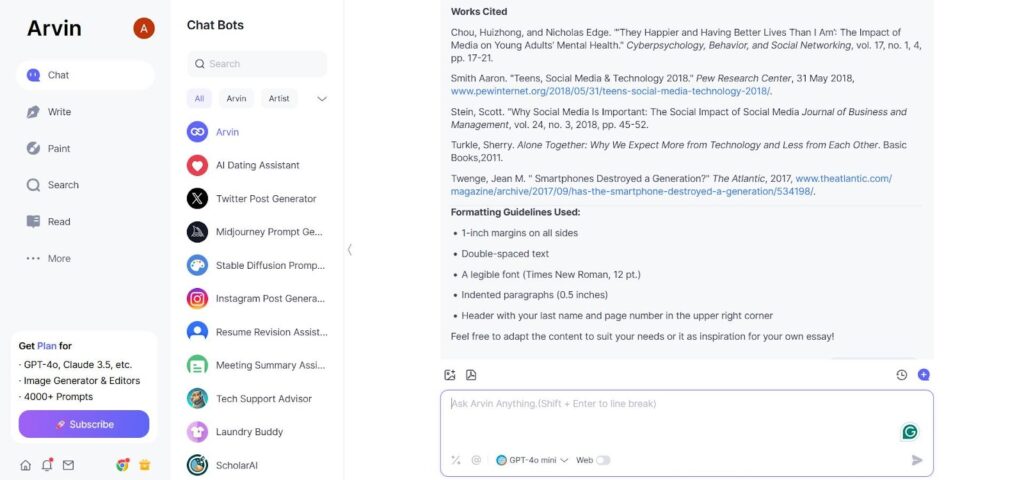
How to Format an Essay in APA Style
Now, let’s talk about the APA style, which is widely used in the social sciences. Here’s how to format an essay in APA style:
- Font and Size: Like MLA, use a readable font, but in 11-point Calibri or 12-point Times New Roman.
- Margins: Set the margins to 1 inch on all sides.
- Line Spacing: Double-space everything, just like MLA.
- Header: APA requires a running head (a short version of your title) on the top left of the page and a page number on the top right. The title page also includes the title, your name, and your institution’s name.
- Title Page: Yes, APA requires a title page. This page includes the title, your name, and your institution’s name. The title should be centered, and the rest of the information goes beneath it.
- Citations: APA uses author-date citations. This means you’ll put the author’s last name and the publication year in parentheses, like so: (Smith, 2020).
Example of APA Title Page:
Running head: HOW TO FORMAT AN ESSAY
Title of Your Paper
Julia Robert
University of XYZ
Example of APA In-Text Citation:
“Formatting an essay correctly is crucial for academic success” (Smith, 2020).
Here’s an example of an APA format as given by Arvin AI:
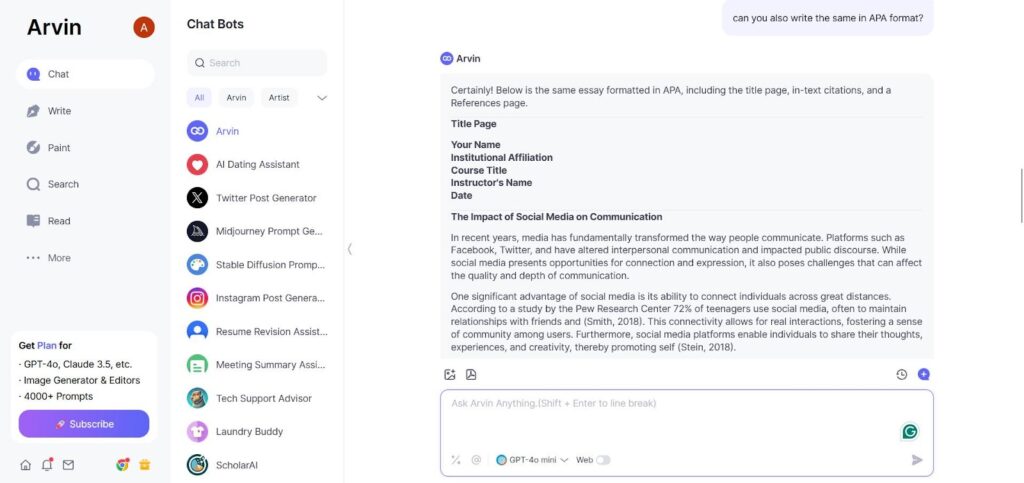
Here’s how to add references in APA Style:
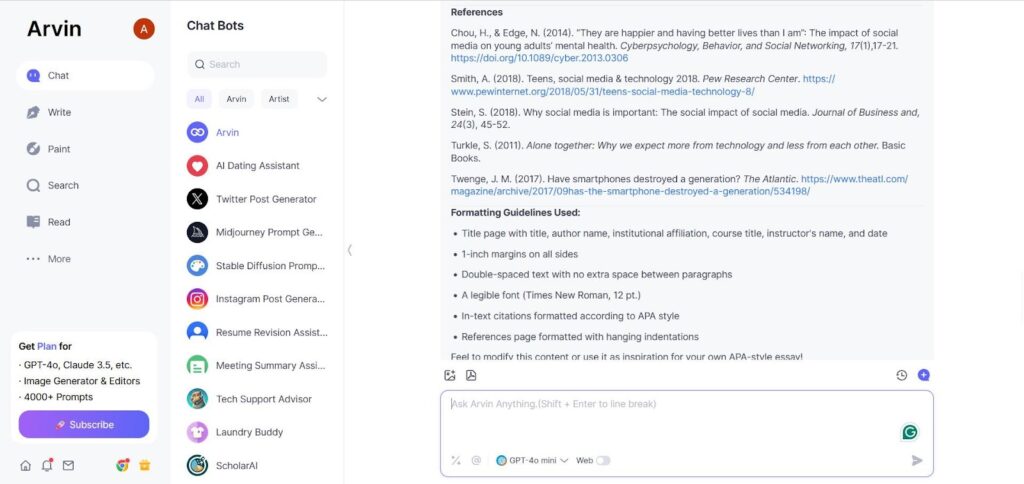
How To Format An Essay In Chicago Style
Next up is the Chicago style, which is often used in history, arts, and some other fields. Here’s what you need to know:
- Font and Size: Use 12-point Times New Roman.
- Margins: Keep the margins at 1 inch.
- Line Spacing: Double-space the text.
- Title Page: Chicago style usually requires a title page. Your title should be centered, and your name and course information go below it.
- Citations: Chicago offers two citation styles: notes and bibliography and author-date. The first uses footnotes or endnotes, while the second is similar to APA’s in-text citations (author’s last name and date).
Example of Chicago Title Page:
Title of Your Essay
Julia Roberts
Course Name
Professor Name
Date
Example of Chicago In-Text Citation (Author-Date):
“Essay formatting is not just about looks; it’s about clarity” (Smith 2020).
Did you think we would leave you without a Chicago style example? No way! Use this example essay by Arvin AI as an example and nail your Chicago formatting:
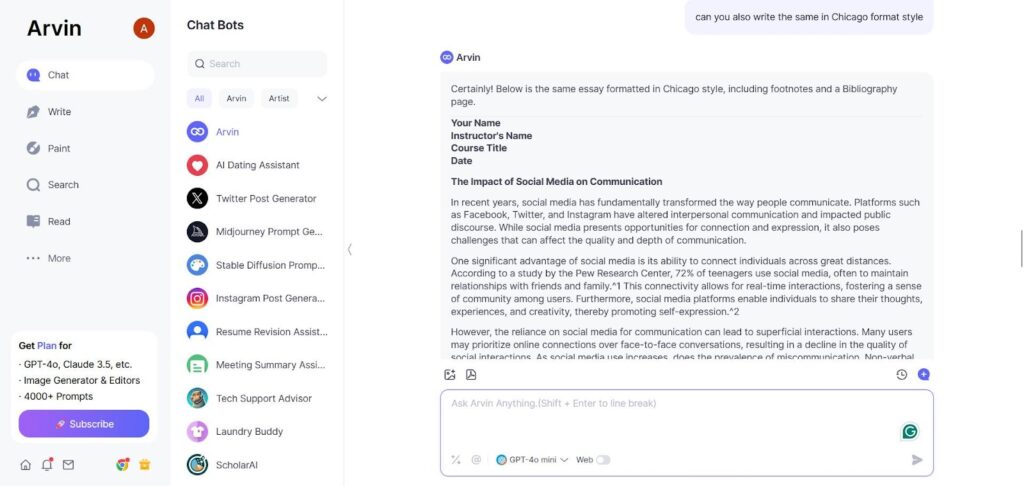
Here’s how to add references in the Chicago style as written by one of the best AI for writing essays, Arvin AI:
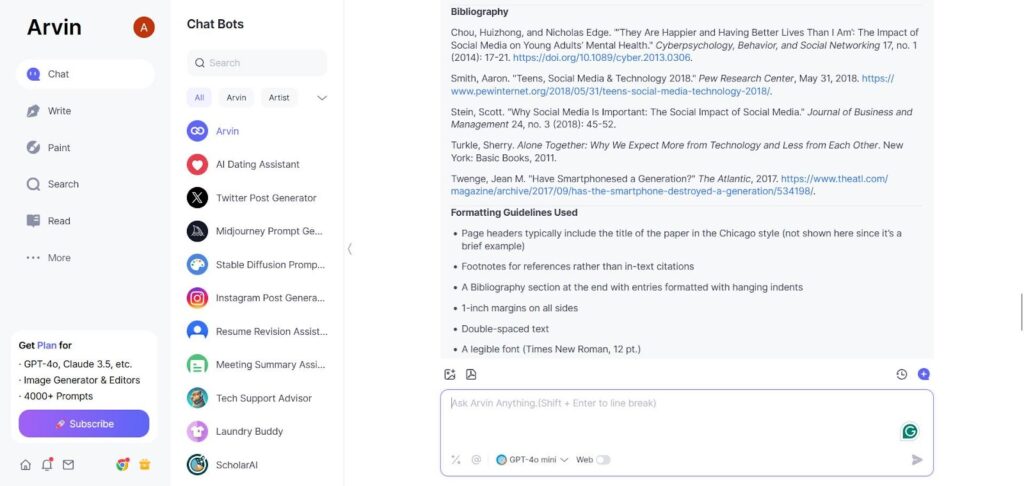
How To Format In-Text Citations In Your Essay
Citations are a way of giving credit where it’s due. They show you’ve done your research and help your readers track down the original sources if they want to learn more. Plus, they keep your essay looking polished and professional. Citations are the nightmares of every student but we’ll make it seem like a piece of cake. Here’s how to add in-text citations the right way:
MLA: (Author Last Name Page Number)
Example:
Say you’re quoting from John Smith’s book, and the quote is on page 45. Here’s how you would add an in-text citation in MLA style:
“Books open doors to new worlds” (Smith 45).
APA: (Author Last Name, Year)
Examples:
Here’s how you will add an in-text citation in APA style:
“Learning sparks curiosity and creativity” (Smith, 2022, p. 45).
Chicago: (Author Last Name Year) or footnotes
Example:
Here’s how you will add an in-text citation in Chicago style:
“History teaches us important lessons” (Smith 2022, 45).
Tip: Footnotes are perfect if you want your essay to look tidy and professional, especially when citing multiple sources. The footnote might look like this:
¹ John Smith, The Importance of History (New York: Academic Press, 2022), 45.
What If There’s No Author?
Sometimes, you’ll encounter sources with no author listed (like a website or brochure). Here’s how to handle it:
- MLA: Use the title instead (“The Future of AI” 15).
- APA: Italicize the title or use quotation marks for smaller works (The Future of AI, 2022, p. 15).
- Chicago: This goes similarly to APA (The Future of AI 2022, 15).
Common Mistakes to Avoid When Formatting an Essay
When formatting an essay, there are many mistakes that writers make—some obvious and others surprisingly subtle. Here are some out-of-the-box mistakes that can sneak past even experienced writers:
Overuse of Italics or Bold Text
Using italics and bold text sparingly is key to maintaining a professional tone in your essay. Overusing these elements for emphasis can make your essay visually cluttered and distract the reader.
Forgetting to Remove Extra Spaces Between Paragraphs
Some word processors automatically insert extra spaces between paragraphs, creating a disjointed appearance. In most formatting styles, the spacing should remain consistent, with double-spacing throughout the document (or as specified). Check for and remove any extra gaps to keep the essay neat and uniform.
Misformatted Or Missing Running Head
In APA essays, the running head is a shortened version of the essay title that appears in the top left corner of each page. A common mistake is forgetting to include it, formatting it incorrectly, or not capitalizing it properly. The running head should look like this on the first page: “RUNNING HEAD: YOUR TITLE” and as “YOUR TITLE” on subsequent pages.

FAQS About How To Format An Essay
Here are a few of the most frequently asked questions about how to format an essay:
Should I use headings and subheadings in my essay?
Headings and subheadings are helpful for organizing essays with complex topics or multiple sections, such as research papers. Use them sparingly and ensure they follow the citation style guidelines:
- APA: Uses bolded headings in a specific hierarchy (e.g., Level 1, Level 2).
- MLA: Typically doesn’t require headings, but they can be used if allowed.
What is the best way to organize my essay before I start writing?
The best way to organize your essay is to plan ahead. Start with an outline that includes the introduction, body paragraphs, and conclusion. Under each section, jot down the main points you want to cover. Brainstorm ideas and arrange them logically. This could be chronologically, thematically, or by importance.
Don’t forget to create a thesis statement that clearly defines the main argument of your essay. This structure will serve as your roadmap and keep your writing focused and cohesive.
How do I avoid plagiarism when formatting an essay?
Avoiding plagiarism is straightforward if you follow a few key practices. Always cite your sources when you use someone else’s ideas, whether you quote directly or paraphrase. Use quotation marks for direct quotes and provide in-text citations. When paraphrasing, ensure you’re not just swapping out words but rewriting the idea in your own unique way. Tools like plagiarism checkers can help ensure your work is original and properly credited.
Do I need a cover page for my essay?
Whether or not you need a cover page depends on the formatting style or your instructor’s requirements. APA essays require a cover page that includes your essay title, name, institution, course, instructor, and date.
MLA style typically doesn’t require a cover page unless specified, with the basic information included on the first page. For Chicago style, a cover page may be required for formal papers, so it’s always a good idea to check the guidelines.
How long should an essay be?
The length of an essay depends on its purpose and type. High school essays are often 500–1,000 words, while college essays may range from 1,500 to 3,000 words or more, especially for research papers. Application essays are typically shorter, around 250–650 words. You should know how to make an essay longer without adding fluff. Always follow the word count guidelines provided, and remember that quality is more important than length.
Ready To Write Essay For University?
And there you have it, your ultimate guide on how to format an essay! From choosing the right font to nailing your citations, you’re now equipped to tackle any essay with confidence. Remember, good formatting isn’t just about following the rules; it’s about showcasing your ideas in the best light possible.
Stuck somewhere? We know writing and formatting can still feel overwhelming, especially when deadlines are just around the corner. On days when you could use some extra help, you can rely on Arvin AI. Why not give it a try? Your A+ essay is just a click away!
